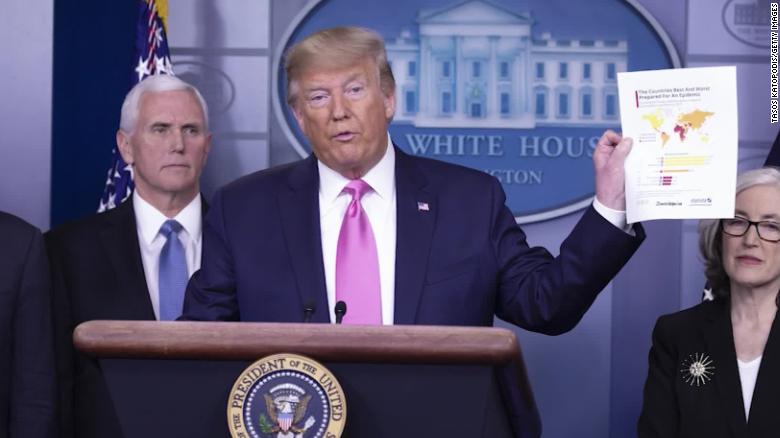[I]t is no surprise that the White House and several governors are now paying close attention to the “Great Barrington Declaration,” a proposal written by a group of well-credentialed scientists who want to shift Covid-19 policy toward achieving herd immunity — the point at which enough people have become immune to the virus that its spread becomes unlikely.
They would do this by allowing “those who are at minimal risk of death to live their lives normally.” This, they say, will allow people “to build up immunity to the virus through natural infection, while better protecting those who are at highest risk. We call this Focused Protection.”
These academics are clearly a distinct minority. Most of their public health colleagues have condemned their proposal as unworkable and unethical — even as amounting to “mass murder,” as William Haseltine, a former Harvard Medical School professor who now heads a global health foundation, put it to CNN last week.
[T]he idea of returning to something akin to normal — releasing everyone from a kind of jail — is attractive, even seductive. It becomes less seductive when one examines three enormously important omissions in the declaration.
First, it makes no mention of harm to infected people in low-risk groups, yet many people recover very slowly. More serious, a significant number, including those with no symptoms, suffer damage to their heart and lungs. One recent study of 100 recovered adults found that 78 of them showed signs of heart damage. We have no idea whether this damage will cut years from their lives or affect their quality of life.
Second, it says little about how to protect the vulnerable. One can keep a child from visiting a grandparent in another city easily enough, but what happens when the child and grandparent live in the same household? And how do you protect a 25-year-old diabetic, or cancer survivor, or obese person, or anyone else with a comorbidity who needs to go to work every day? Upon closer examination, the “focused protection” that the declaration urges devolves into a kind of three-card monte; one can’t pin it down.
The Institute for Health Metrics and Evaluation at the University of Washington, whose modeling of the pandemic the White House has used, predicts up to about 415,000 deaths by Feb. 1, even with current restrictions continuing. If these restrictions are simply eased — as opposed to eliminating them entirely, which would occur if herd immunity were pursued — deaths could rise to as many as 571,527. That’s just by Feb. 1. The model predicts daily deaths will still be increasing then.
Will we have achieved herd immunity then? No. . . . . By Feb. 1, even with eased mandates, only 25 percent of the population will have been infected, by my calculations. The most optimistic model suggests herd immunity might occur when 43 percent of the population has been infected, but many estimate 60 percent to 70 percent before transmission trends definitively down.
And what will be the cost? Even if herd immunity can be achieved with only 40 percent of the population infected or vaccinated, the I.H.M.E. estimates that a total of 800,000 Americans would die. The real death toll needed to reach herd immunity could far exceed one million.
As horrific a price as that is, it could prove much worse if damage to the heart, lungs or other organs of those who recover from the immediate effects of the virus does not heal and instead leads to early deaths or incapacitation. But we won’t know that for years.
Is there an alternative? There was once a simple one, which the vast majority of public health experts urged for months: social distancing, avoiding crowds, wearing masks, washing hands and a robust contact tracing system, with support for those who are asked to self-quarantine and for selected closures when and where necessary.
[T]he White House has all but embraced herd immunity and has also poisoned the public with misinformation, making it all but impossible to get national, near-universal compliance with public health advice for the foreseeable future.
As a result, the United States is not in a good place, and achieving near containment of the virus — as South Korea (441 deaths), Australia (904 deaths), Japan (1,657 deaths) and several other countries have done — is impossible. We can, however, still aim for results akin to those of Canada, where there were 23 deaths on Friday, and Germany, which suffered 24 deaths on Friday.
Getting to that point will require finally following the advice that has been given for months. That will not happen with this White House, especially since it is now all but openly advocating herd immunity, but states, cities and people can act for themselves.

No comments:
Post a Comment